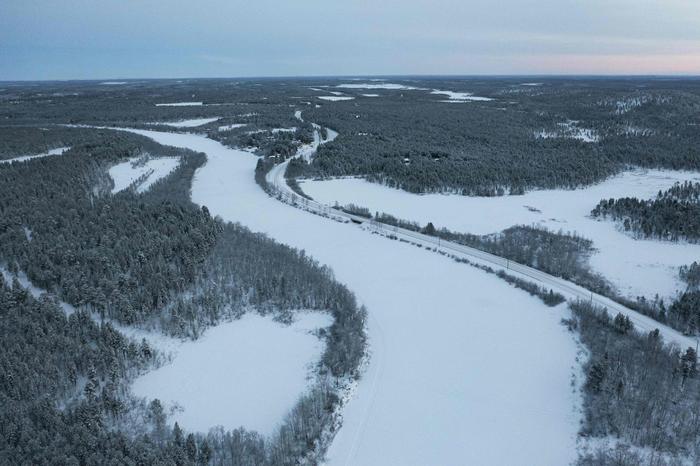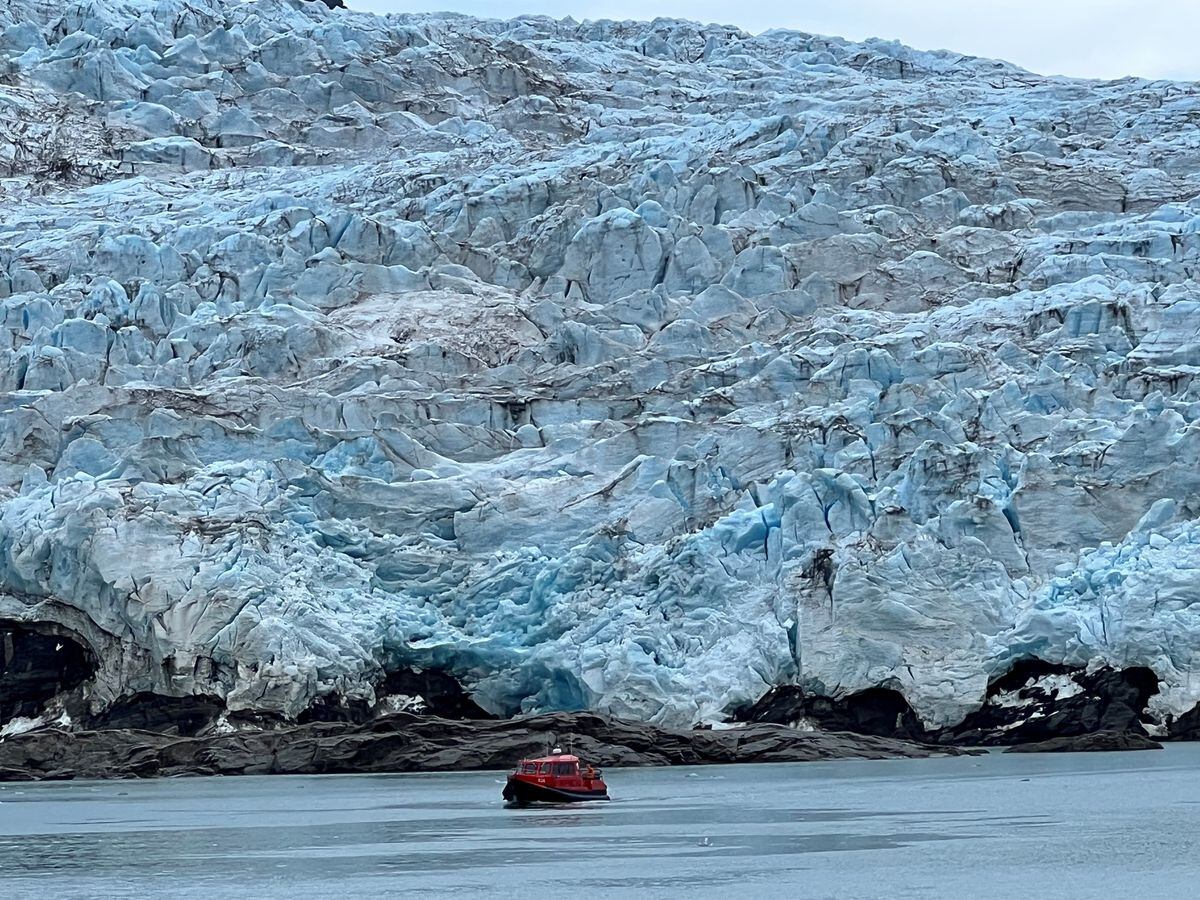At risk between 30 and 70% of infrastructures - such as houses, roads and industries - quantifiable damages for tens of billions of dollars and above all the danger of the release of 1,700 billion tons of methane and CO2, that is dozens of times those emitted every year from human activities all over the planet: these are the consequences of the melting of permafrost in the areas around the Arctic. These scenarios are defined by a series of six studies published in the latest issue of Nature Reviews Earth & Enviroment signed by various international research groups including the California Institute of Technology and the universities of Oulu in Finland and Wageningen in the Netherlands.
The melting of permafrost is considered one of the greatest dangers of climate change, a phenomenon that feeds itself as it is due to the warming of the polar regions and which at the same time favors the rise in temperatures. The permafrost is the perpetually frozen ground that is mainly found around the polar regions and inside which large quantities of carbon are trapped in the form of gases such as CO2 and methane which once released go into the atmosphere favoring global warming. A phenomenon that is difficult to quantify that has global effects and also causes serious damage at the local level, for example with the subsidence of the land that 'empties' from the subsoil with the consequent destruction of houses, cities, roads or pipelines.Damages and disasters that rarely end up in the news except in particularly serious cases such as the accident that took place last year in Siberia, in Norilsk, the site of an environmental catastrophe due to the rupture of some tanks and the consequent loss of thousands of tons of fuel in rivers and the Arctic sea.
A study led by researchers from the Finnish University of Oulu attempted to estimate the damage to infrastructure and possible solutions. According to the researchers, between 30 and 70% of residential, industrial and transport infrastructures are located in high-risk areas. In Russia alone by 2050 the damage due to soil degradation due to the thawing of the deeper layers will cost 7 billion dollars. Tens of billions including Canada and the United States. To limit the damage, and even new disasters such as that of Norilsk, it is necessary to intervene as soon as possible - explain the researchers - with new engineering solutions that can at least secure the most strategic and dangerous infrastructures such as oil pipelines and industrial plants.Another study led by Caltech highlights how permafrost represents a huge global danger of which, however, we still know too little due to the difficulty of measuring how much of the gases present in the subsoil - which is estimated to contain 1,700 billion tons of carbon, practically double of that already present in the atmosphere - actually frees itself every year. It becomes urgent - explains the research - to invest more and rapidly in new tools and studies for monitoring permafrost on a large scale and in understanding carbon flows.700 billion tons of carbon, practically double that already in the atmosphere - is actually released every year. It becomes urgent - explains the research - to invest more and rapidly in new tools and studies for monitoring permafrost on a large scale and in understanding carbon flows.700 billion tons of carbon, practically double that already in the atmosphere - is actually released every year. It becomes urgent - explains the research - to invest more and rapidly in new tools and studies for monitoring permafrost on a large scale and in understanding carbon flows.







